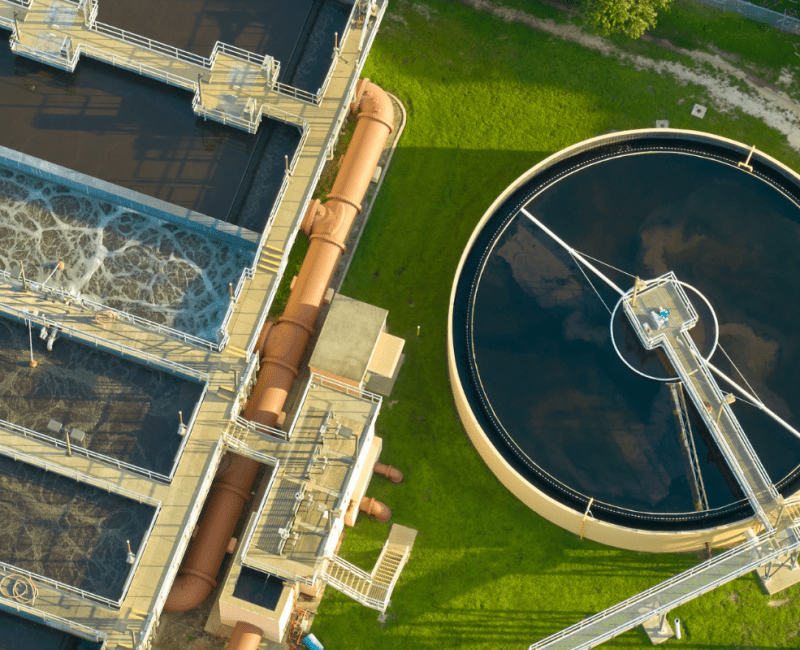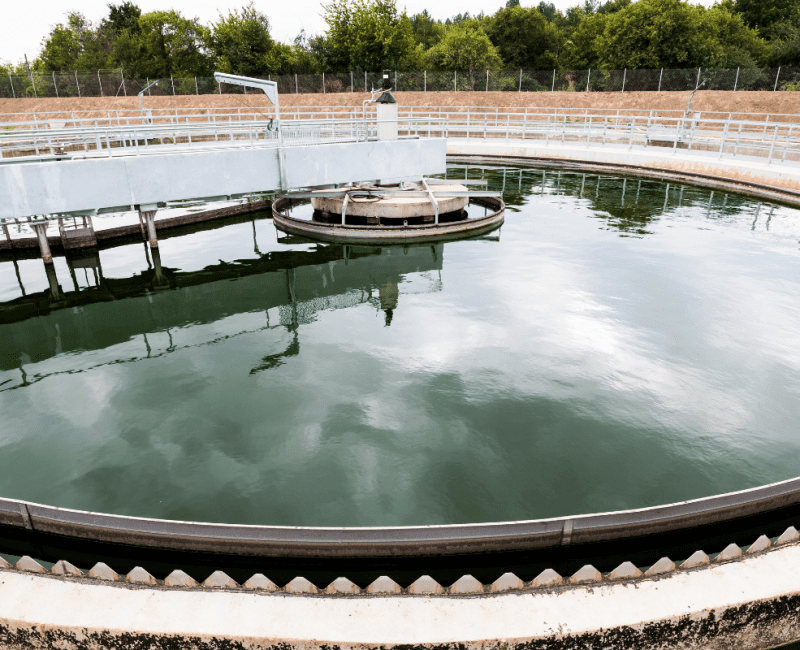
Waterborne pathogens cause millions of people to be sick each year globally, putting a burden on hospitals and having financial implications.

Waterborne pathogens cause millions of people to be sick each year globally, putting a burden on hospitals and having financial implications.

Unexpected taste and odour (T&O) in drinking water is an emerging issue for the Australian water industry as it undermines customers’ trust in drinking water suppliers…

The Australian water industry is currently focused on two VOCs, namely geosmin and MIB, which release an earthy-musty smell…

Source water protection underpins the safety and affordability of drinking water supplies where the prevention of water contamination provides greater surety than removal of contaminants…

One reason catchment water is treated to make drinking water is because it contains unwanted microscopic organisms…

Source waters contain a class of chemical compounds collectively known as ‘bromides’…

As an alternative water resource, stormwater has a great potential to be reused for various purposes, including for the augmentation of drinking water supplies, but the reason stormwater run-off has not been widely used is because it contains unknown and variable amounts of chemical contaminants and microscopic organisms, some of which can cause illness and disease…

N-nitrosodiumdimethylamine (NDMA) in drinking water is one of many factors – such as a persons’ genes – that cause cancer…

The standards for recycling stormwater are higher for drinking water than for non-potable reuse such as agricultural or urban irrigation…

Recycled stormwater has a range of possible uses that have different levels and types of human exposure…